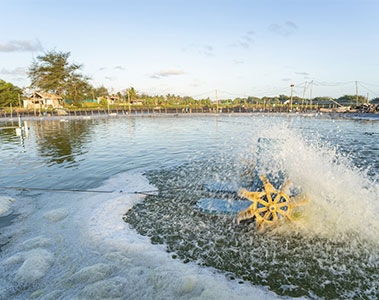
-
Global/EN
- Global
- North America
- Latin America
Prepared using a unique autolysis technology, Levabon® Aquagrow E provides high levels of immune-modulatory compounds.
The abundance of β-glucans, mannan oligosaccharides and nucleotides, all with enhanced bioavailability, work in synergy to enhance the immune system, and improve disease and stress resistance in aquatic animals.
Our experts are always available to help.
If you are an existing customer, please go directly to our Customer Portal.